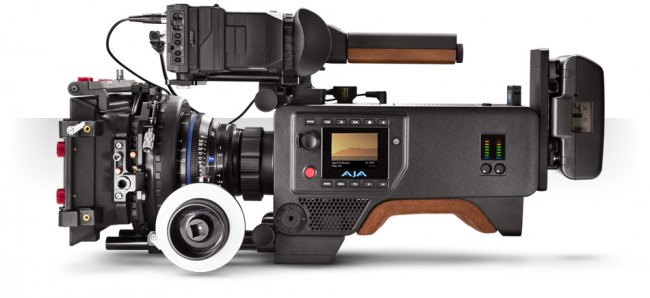After a long phase of on and off again development, Panasonic has announced a new Organic Photoconductive Film (OPF) CMOS image sensor that promises super accurate color reproduction regardless of the light source.
The OPF sensor uses a technique called “electrical pixel separation” to perform photoelectric conversion with independent storage of the electrical charge.
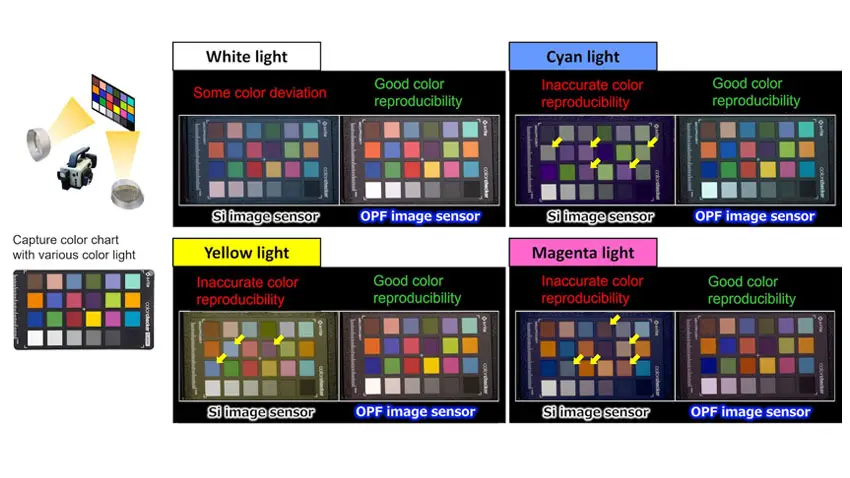
Image Credit – Panasonic
The sensor also offers a unique layered structure that reduces the sensitivity of each pixel in red, green, and blue wavelengths, thereby reducing crosstalk and enhancing color reproduction.
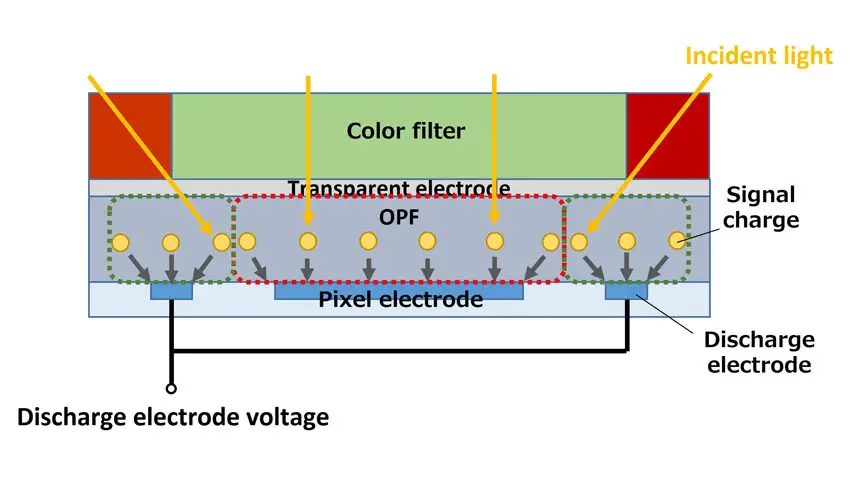
Image Credit – Panasonic
Conventional Bayer array-type sensors offer insufficient color separation of the red, green, and blue spectrum, and with peak wavelengths, colors such as cyan and magenta can be difficult to reproduce.
With Panasonic’s OPF design, light is converted at the pixel level and independently stored separately from each other.
The result is a higher light absorption rate that is ten times that of the current state of the art, while suppressing adjacent pixel discharge which can impact the accuracy of the color, especially in harsh ambient light.
Moreover, the incident light cannot be absorbed by the OPF on the circuit side, nor is light from adjacent pixels able to impact the pixels surrounding it.
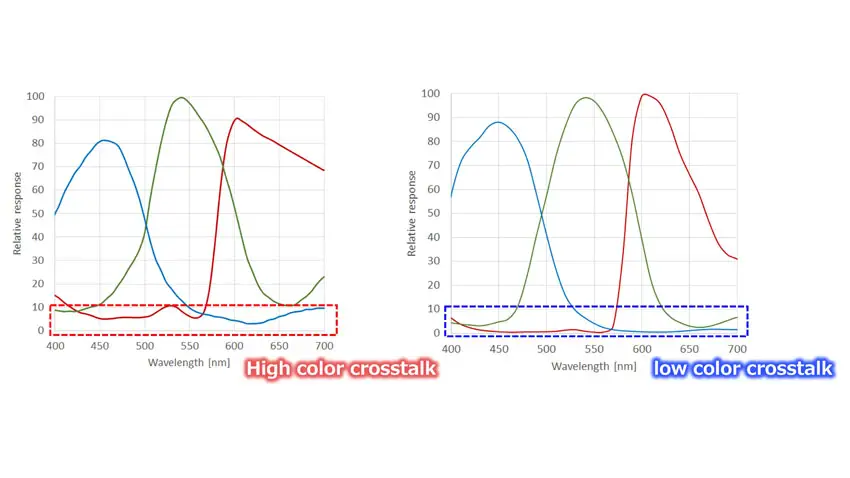
Image Credit – Panasonic
Panasonic says that as a result, color crosstalk is reduced to an almost ideal state, and accurate color reproduction is achieved.
The OPF can also better handle global shutter functions with high saturation characteristics and are highly tolerant of changes in light source type, illuminance, and speed.
Panasonic also states that the OPF sensor better handles the subtle changes in skin tones, and can also be used to monitor health conditions, or even inspecting of fruits and vegetables optically.
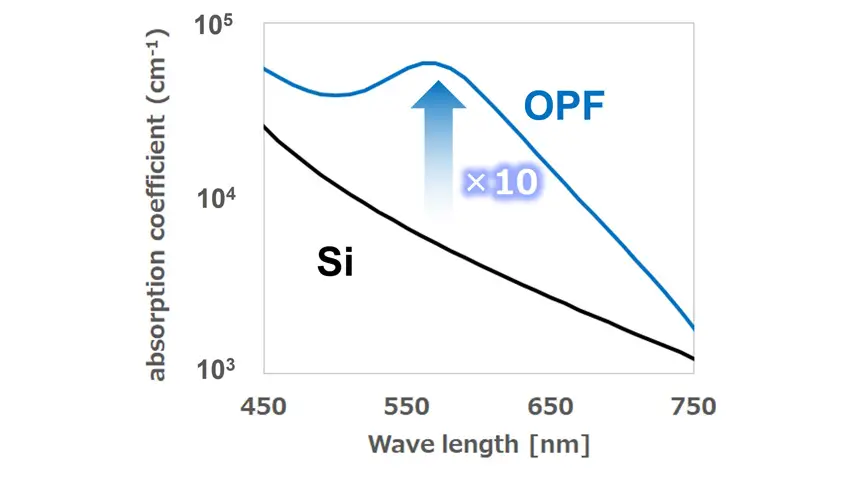
Image Credit – Panasonic
It’s a lot of techno talk just to state that the sensor can more efficiently handle color and dynamic range separation, even in harsh ambient light like backlit situations or images that have clipping that causes the loss of detail and color, compared to where conventional silicon-based CMOS sensors fail to achieve a similar result.
There’s no word on when the new technology will be adopted, but Panasonic is looking to deploy the OPF CMOS sensor technology in commercial broadcasting cameras, surveillance cameras, industrial inspection cameras, and automotive cameras.
The company presented the technology at the Annual Academic Conference of Image Sensors Europe, last week, so the obvious next step will be field testing in prototypes. Therefore, the adoption if the OPF sensor into cameras is still a few years off, but it’s peaking over the horizon.
[source: Panasonic]
Disclaimer: As an Amazon Associate partner and participant in B&H and Adorama Affiliate programmes, we earn a small comission from each purchase made through the affiliate links listed above at no additional cost to you.
Claim your copy of DAVINCI RESOLVE - SIMPLIFIED COURSE with 50% off! Get Instant Access!



